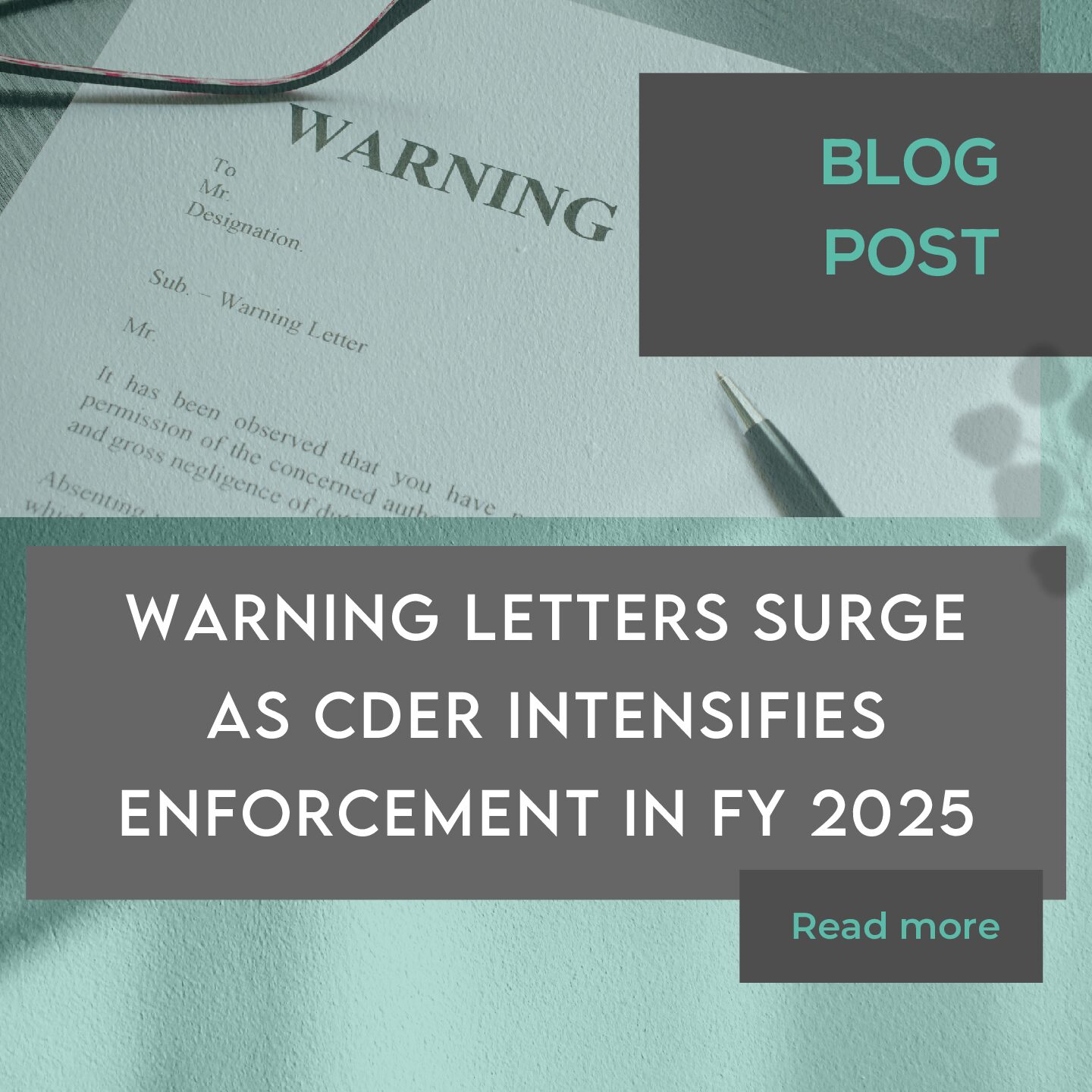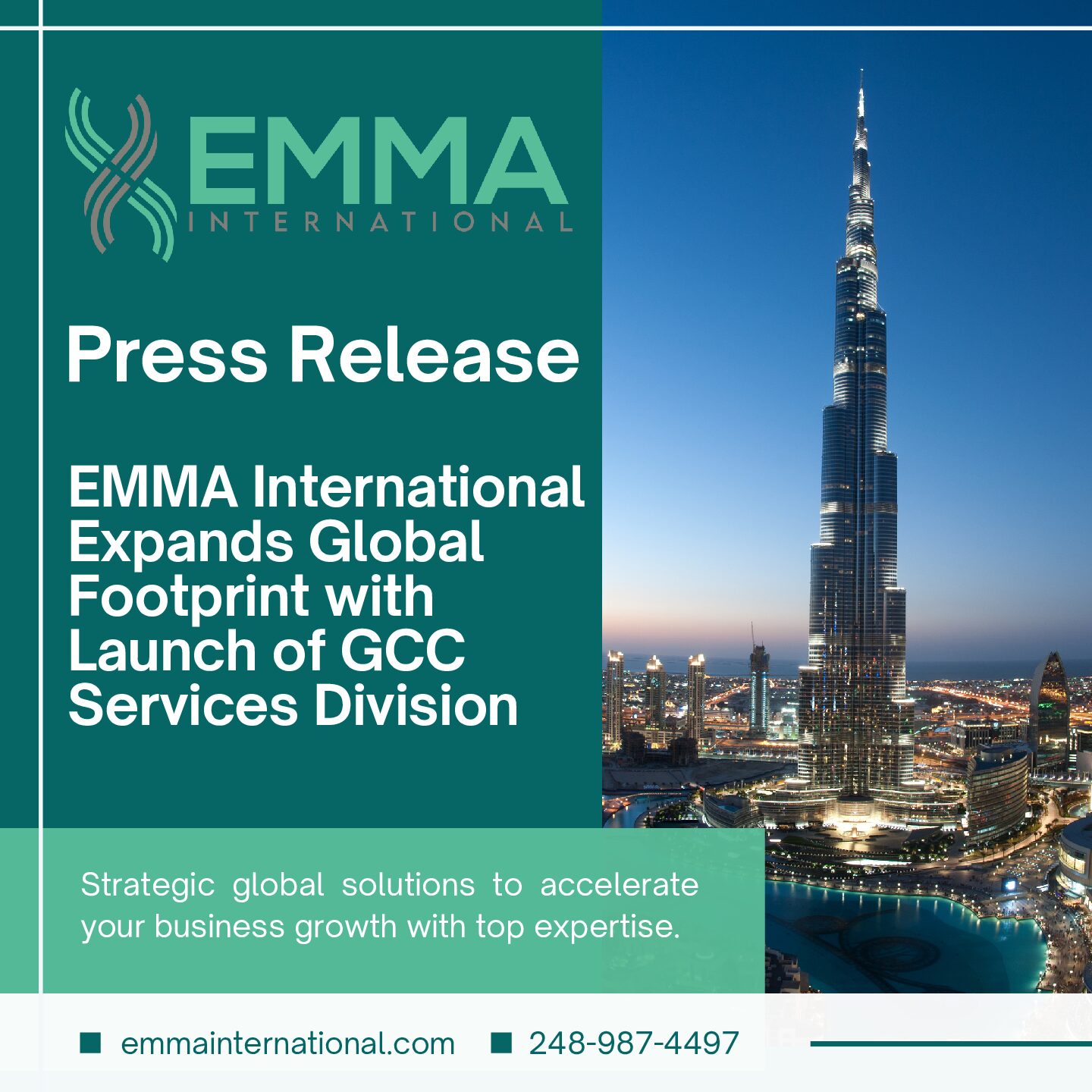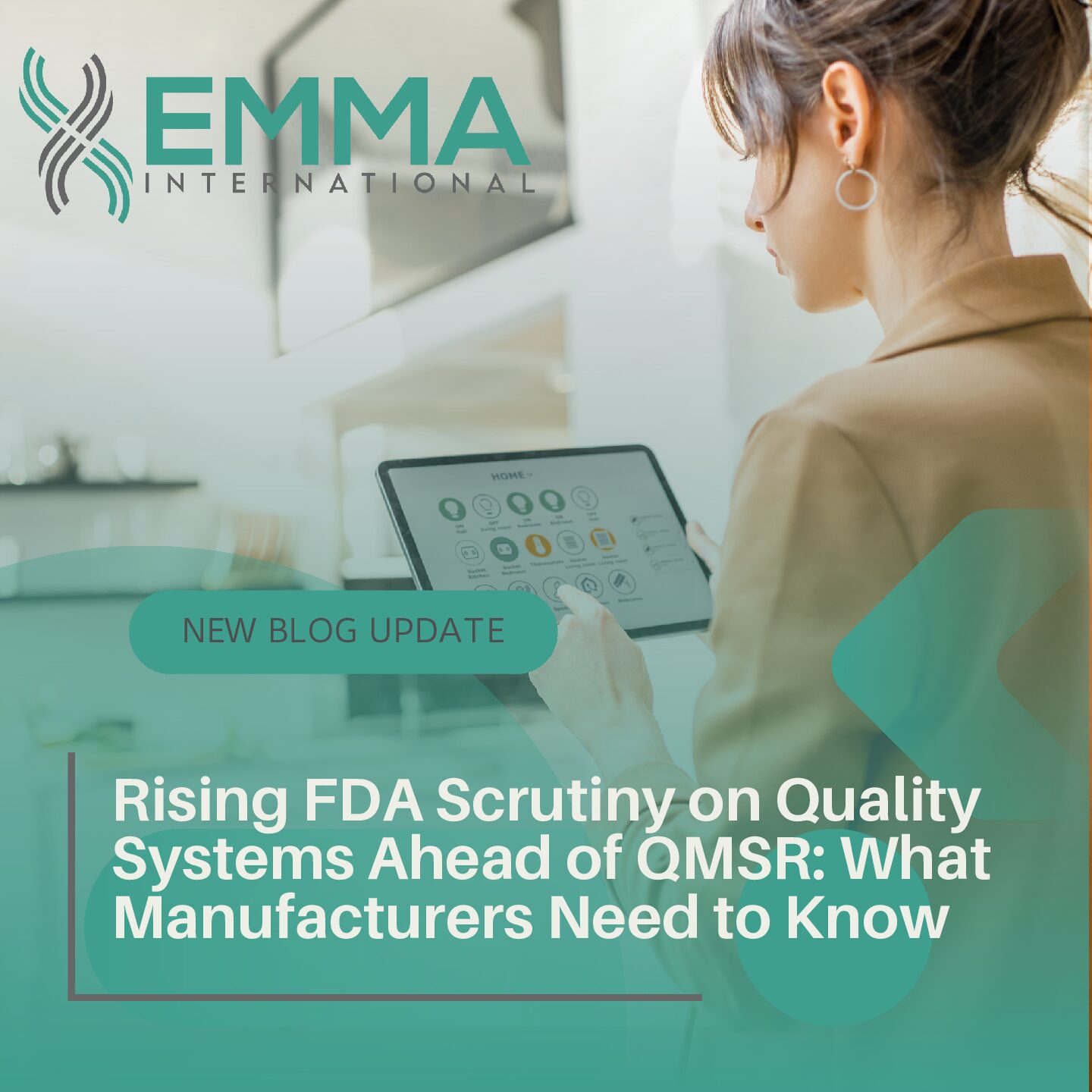Before the submission of a 510(k) premarket notification, the purpose of which is to notify the FDA of the manufacturer’s intent to market a medical device,[i] there is a provision for acceptance review. This review serves as a method to assess whether a submission is administratively complete and includes all necessary information for FDA to determine substantial equivalence under section 513(i) of the Federal Food, Drug, and Cosmetic (FD&C) Act (21 United States Code (U.S.C.) § 360c(i)). To establish substantial equivalence under this provision, FDA must find the same intended use as the predicate device and either have the same technological characteristics as the predicate device or appropriate clinical and scientific data necessary to establish that the device is safe and effective as the predicate device. If the Authority is unable to determine substantial equivalence due to insufficient information, it may request for additional information to make that determination. Therefore, as a part of the acceptance review, the FDA staff follows the acceptance checklist[ii] to ensure that the application is administratively complete. These administrative elements are identified as RTA items and are required to be presented. The purpose of conducting the acceptance review is for the Lead Reviewer to determine whether the 510(k) submission meets the minimum threshold of acceptability and should be accepted for substantive review.[iii]
If in a situation either of these elements are missing, the submitter is expected to furnish a rationale as to why this element is not applicable in its case. There may be circumstances where a particular document which is essential per the checklist is missing for the review process. Under such circumstances, the reviewer can request missing checklist items interactively from the submitter. Furnishing this additional information would not constitute as a new submission and therefore, would not require another user fee. Further, providing missing information should not mean there is a need to re-send the entire 510(k) submission, unless asked otherwise.
When it comes to the timeline of acceptance review, the submitter should receive an electronic notification the of the results within 15 days of receipt of information. The results could either be that the 510(k) is accepted for substantive review, or it is not accepted for review. In case of the former, the application proceeds for substantive review and in case of the latter, the 510(k) shall be considered ‘refused to accept’ or RTA. Another outcome could also indicate that the application is still undergoing review process as it could not be finished within the 15-day period. In case of non-acceptance for review, the 510(k) is considered to be put on RTA Hold, in which case the submitter is given an opportunity to address all deficiencies within 180 calendar days, failing which, the 510(k) will be considered withdrawn and deleted for review. The process is based on the type of 501(k) submitted, i.e., traditional, abbreviated, or special. The process includes reviewing submissions and responses to RTA communications, but not supplements or amendments submitted in response to requests for additional information.[iv] An acceptance review begins only for the submissions where applicable user fee has been paid and valid eCopy, received. Further, these submissions and additional information are submitted to the Center’s Document Control Center (DCC) and it is from this date of receipt that FDA’s 15 days review time begins.
There are about forty or more reasons why FDA could reject your submission, the most commonly reported cause is poorly organized submission.[v] This could mean that there is no table of contents, or the checklist has not been followed. These minute factors become extremely important when the reviewer must thoroughly inspect the bulky files submitted. Another commonly reported reason for refusal to accept is inadequate device description,[vi] which is crucial in determining relation with the predicate device. Other reasons for refusal to accept, as have been commonly reported, include failure to comply with FDA guidance documents or failure to identify the relevant guidance document for your medical device, or failure to identify the tests applicable to your medical device. At EMMA International, we aid companies working towards research and development of drugs, medical devices, and biologics, to meet such compliance requirements. If you need assistance working through the regulatory requirements and approvals, contact EMMA International at 248-987-4497 or email info@emmainternational.com today!
[i] U.S. Food and Drug Administration (August 2021). 510(k) Clearances. Available at: https://www.fda.gov/medical-devices/device-approvals-denials-and-clearances/510k-clearances#:~:text=Section%20510(k)%20of%20the,PMN%20or%20510(k).
[ii] U.S. Food and Drug Administration (May 2022). Refuse to Accept Policy for 510(k)s, Guidance for Industry and Food and Drug Administration Staff (Appendices A-C).
[iii] U.S. Food and Drug Administration (February 2022). 510(k) Submission Process. Available at: https://www.fda.gov/medical-devices/premarket-notification-510k/510k-submission-process
[iv] U.S. Food and Drug Administration (May 2022). Refuse to Accept Policy for 510(k)s, Guidance for Industry and Food and Drug Administration Staff (Page 8).
[v] Matthew Walker (June 2021). How to pass the FDA Refusal to Accept (RTA) screening process. Available here: https://medicaldeviceacademy.com/refusal-to-accept/
[vi] Id.





